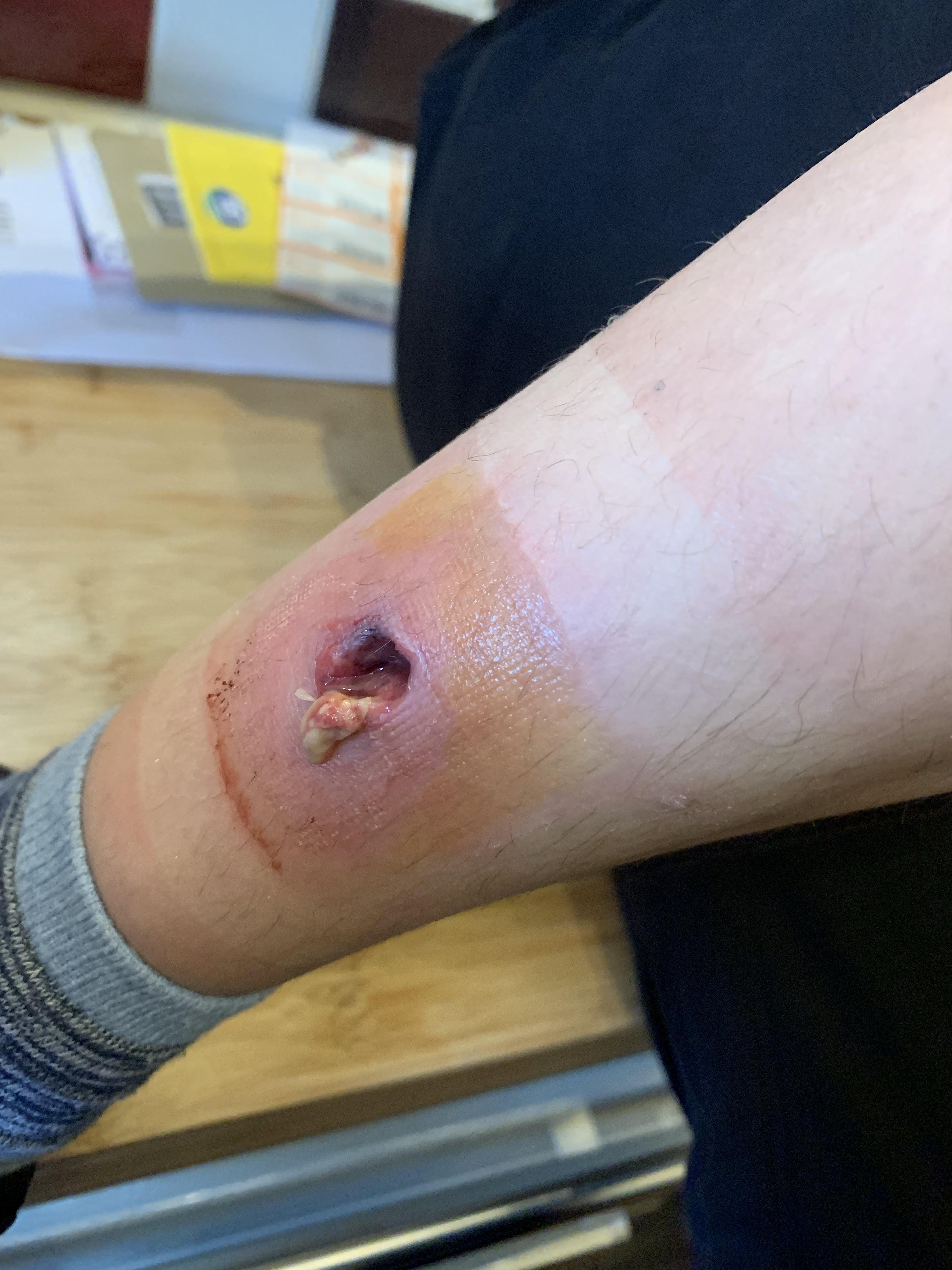

SPIDER BITE SKIN
This may involve follow-up and replacing the dead skin with new skin (skin grafts). Cause an open sore (ulcer) and dead skin (necrosis), treatment includes removing the dead skin from the sore.Do not develop open sores, treatment includes applying a cold compress, elevating the bite area, and avoiding moving the bite area.Treatment depends on how severe the bite is. How is a brown recluse spider bite treated? (If you are able to safely capture and transport the spider, bring it with you to show your doctor.) Your doctor will ask what your main symptoms are, when they began, and how they have developed, progressed, or changed since the bite. You should be prepared to describe the spider, where and when the bite took place, and what you were doing at the time. How is it diagnosed?Ī brown recluse spider bite is diagnosed through a physical examination and questions about the bite. Call your doctor if an open sore and necrosis develop. Try to positively identify the spider, or try to take a picture of it.Ī brown recluse bite can be serious and may require immediate medical care if you have severe symptoms throughout your body. What should you do if you think you've been bitten by a brownĪpply a cool, wet cloth to the bite, or cover the bite with a cloth and apply an ice bag.Ī tourniquet may cause more harm than benefit. Skin rash all over the body with many tiny, flat purple and red spots.Some people have a severe, systemic (whole-body) reaction to brown recluse spider bites, including the rapid destruction of red blood cells and anemia (hemolytic anemia). An open sore (ulcer) with a breakdown of tissue (necrosis) that develops a week or more following the bite.Mild to intense pain and itching for 2 to 8 hours following the bite.Reddened skin that may be followed by a blister that forms at the bite site.Symptoms of a brown recluse spider bite include: In fact, you may not know that you have been bitten until other symptoms appear. What are the symptoms of a brown recluse spiderīrown recluse spider bites don't always hurt right away. They are found most often in the south-central part of the United States and live in hot, dry, abandoned areas, such as wood or rock piles.Ī brown recluse bite can be serious and may require immediate medical care. (1.3 cm) long with a dark violin-shaped mark on the combined head and midsection (cephalothorax).

We also have a lot of pictures of scary spiders you can look at.Conditions Basics What is a brown recluse spider?īrown recluse, violin, or fiddleback (Loxosceles) spiders are about 0.5 in. Were you bitten and would like to share your picture or find out what may have bitten you? If so, upload your picture and we’ll have a look. For example, in some of the photos you’ll see a red line extending from the bite area – this can be a sign of poison and you should seek medical attention rather than wait to see how long the line grows! The key here is to act fast! Most spider bites are not poisonous and many of the images shown are from a reaction and/or not acting soon enough. How about the scar left from the bite on Brian’s face, or the gaping hole on Clarence’s thigh and the left side of Chris’ face! Let’s not even think about the photo of a massive bump on Gina’s forehead (imagine feeling that bump on your own head?!). Unfortunately, some doctors may misdiagnose a bite and provide the wrong treatment, so it is EXTREMELY important that you take pictures and document everything that is said, and if, God forbid, should you suffer permanent damage (such as loss of a finger, eye, or limb), you’ll have everything you need to back up your case.įor example, take a look at the damage from the bite on Allen’s finger in picture 3 that finger will never be normal again. There are over 600 pictures of spider bites you can view and that is just the tip of the iceberg! Each one was submitted by someone bitten with some being small while others are horrible!


 0 kommentar(er)
0 kommentar(er)
